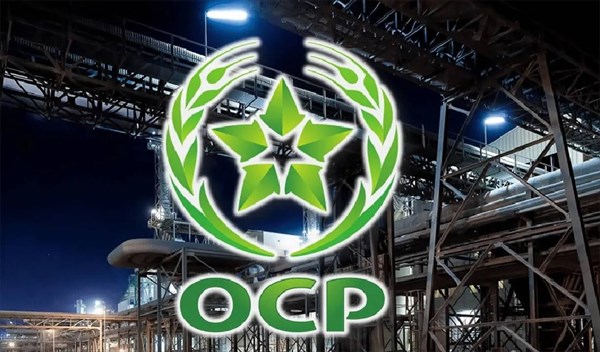OCP Group has once again demonstrated the strength and resilience of its integrated model, showing a remarkable ability to swiftly adapt its operations to shifting global demand. By the end of September 2025, the Moroccan phosphate giant posted revenues of 84.4 billion dirhams—up 22% from the same period in the previous year.
Interestingly, this growth wasn’t driven by rising prices. After an early spike, prices leveled off. Instead, the company’s performance reflects its operational agility and commercial responsiveness. As global demand patterns shifted, OCP adjusted its focus, ramping up shipments to high-growth regions such as India, Brazil, South Asia, and East Africa, while scaling back volumes to slower-moving markets like the United States.
What sets OCP apart is its logistical and industrial flexibility. The company can rapidly redirect production toward the most promising sectors and geographies. This is especially evident in the surge of TSP fertilizer exports, which shot up by 55% and now account for 30% of total shipments-surpassing traditional products like DAP and MAP.
The group also reported an EBITDA of 31.1 billion dirhams, a 15% increase year-on-year, translating to a solid margin of 37%. Investments rose to nearly 25 billion dirhams, up 16%, underscoring OCP’s ongoing push into higher-value segments. These include fertilizers tailored to environmental concerns like climate resilience and soil health—areas that are becoming increasingly strategic as global agriculture faces mounting ecological pressure.
OCP’s ability to reallocate resources with the precision and responsiveness of a living system has allowed it not only to protect its profit margins but also to solidify its leadership in key international markets. This agile approach is no accident—it’s the result of a deliberately integrated industrial framework and streamlined decision-making processes that allow the company to pivot quickly and effectively in a volatile global landscape.





